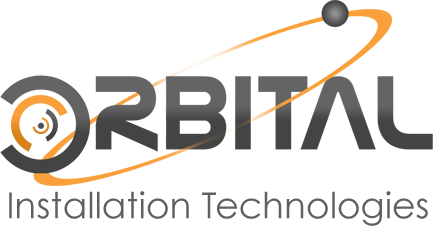RFID Tracking
For companies that rely heavily on the transportation of high-value assets, RFID tracking has become one of the most important tools for improving business processes. It is important to have successful tracking devices and inventory management if you are relying on those assets to generate revenue. With RFID technology, you will be able to track vehicles, stock, tools, IT devices, and even your own employees in real-time. This allows you to prevent highly error-prone methods, such as excel sheets or pen-and-paper tracking. Furthermore, you can track multiple assets at the same time, locate lost packages or misplaced assets, create accurate inventories, and eliminate human intervention when necessary.

How RFID Tracking Works
The simplest way to explain RFID tracking is that it allows you to automate the management and location data of assets. However, there is more to it than that. RFID repeatedly uses pulsating radio waves to send, capture, and store data. This data can consist of location, name, amount, and even condition. It may come as a surprise that there are actually other tracking options available, but RFID still remains the best and most cost-effective solution. This is because it is flexible enough that you can utilize it among a range of industries, such as manufacturing plants, retail warehouses, and even agriculture. Not only does RFID tracking help you monitor the location, but you can indeed use it to determine the condition of the assets. For example, a skincare company uses RFID temperature sensors in order to monitor the condition of its products while in transit. In the same way, this can then prove useful for moving any other perishable goods, such as frozen meat.
Regardless of the purpose or industry, the basic principles of how RFID tracking works is very consistent, wherein you will require the following tools: RFID tags, an antenna, an RFID reader, and a computer database that is equipped with asset tracking software. There are different types of RFID tags, which are passive, active, or semi-passive. The differences would be in terms of their features and tracking range, so it is up to you to identify which type of RFID tag suits your supply chain services better. Once you have all these tools ready, you will then need a professional installation team to secure and install them properly. At Orbital Installation Services, we are able to install the RFID trackers as well as the tracking system. The asset management software will allow you to streamline your entire supply chain.
The RFID asset tracking process is basically broken down into four phases:
1. Data is stored on the RFID tag, which comes with a unique Electronic Product Code (EPC) that is attached to an asset
2. The antenna identifies the signal of any nearby RFID tags
3. An RFID reader is then connected wireless to the antenna and receives the data stored in the RFID tag
4. The RFID reader then transmits the data to the asset tracking database where you can store, evaluate, and take action on the information
As a result, RFID tracking is an invaluable tool that allows you to streamline your entire organization.
We also do Lytx dashcam installations, Cradlepoint installations, Telerac installation, Cradepoint Wi-Fi installations, SmartWitness camera installations, and Lytx video tracking installations.
